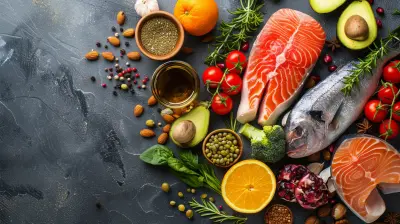How to Reap the Anti-Inflammatory Benefits of Paleo
17 June 2025
Inflammation is like that one guest at a party who overstays their welcome. A little bit is okay—it’s your body’s natural defense mechanism. But chronic inflammation? That’s where things start to go south, leading to all kinds of health issues like arthritis, heart disease, and even autoimmune conditions.
One of the best ways to combat this silent troublemaker is through diet, and the Paleo diet is an excellent place to start. But how exactly does it work? And how can you maximize its anti-inflammatory benefits? Let’s break it down.
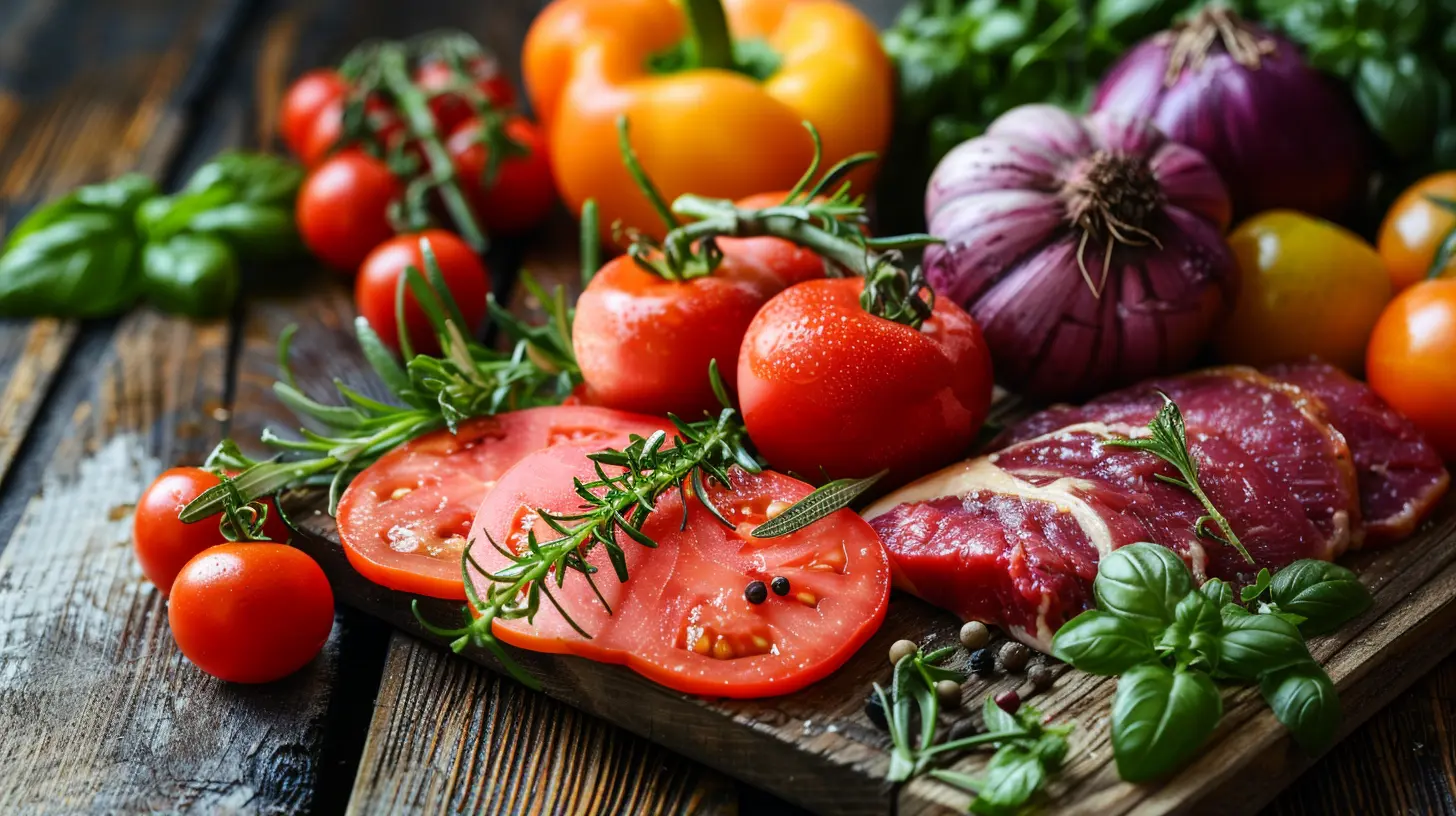
What Is the Paleo Diet?
Think of the Paleo diet as a nutritional throwback to our hunter-gatherer ancestors. It focuses on whole, unprocessed foods that early humans would have eaten—lean meats, fish, fruits, vegetables, nuts, and seeds—while ditching processed foods, refined sugars, dairy, and grains.The idea is simple: eat as nature intended, and your body will thank you. But beyond just being a natural way of eating, Paleo is also packed with anti-inflammatory benefits. 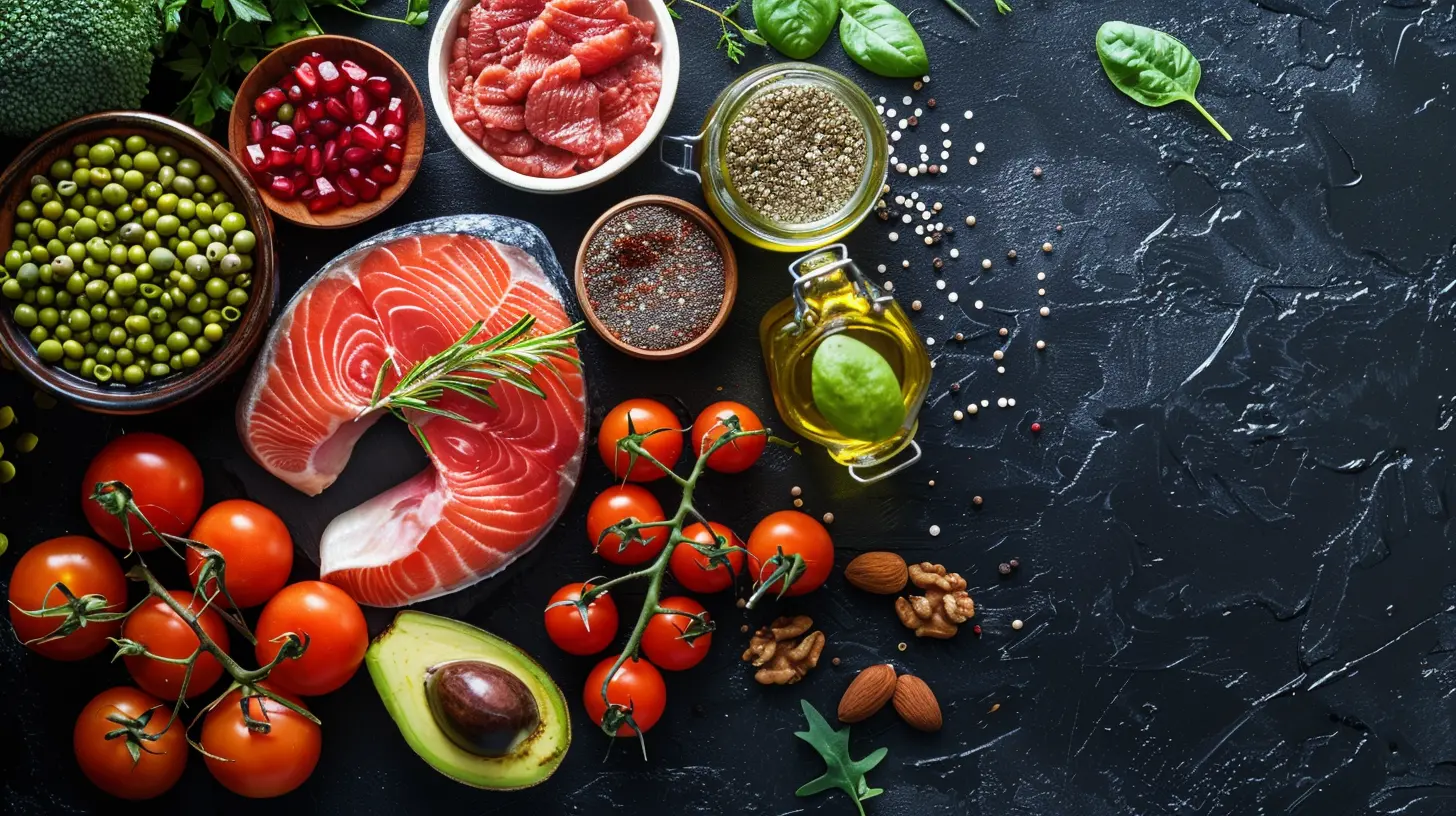
Why Chronic Inflammation Is a Problem
Before we dive into the Paleo connection, let’s talk about why chronic inflammation is such a big deal.Short-term inflammation (like when you scrape your knee) is actually a good thing—it helps your body fight infection and heal. But chronic inflammation is a different beast. It lingers in the body, often unnoticed, and over time, it can contribute to diseases like:
- Heart disease
- Type 2 diabetes
- Autoimmune disorders
- Irritable bowel syndrome (IBS)
- Cognitive decline and Alzheimer’s
The good news? Adjusting your diet can significantly reduce inflammation, and this is where Paleo shines. 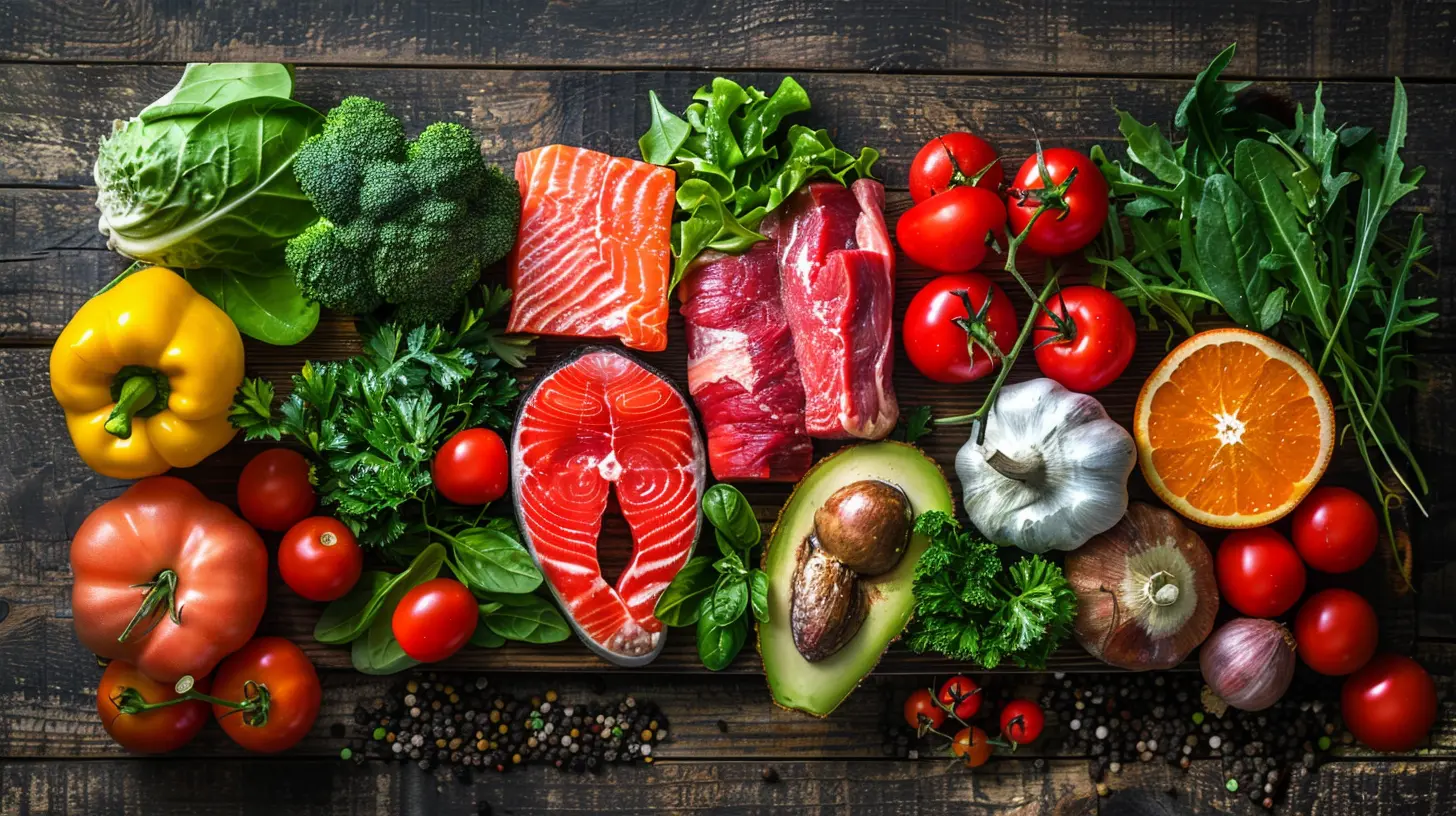
How the Paleo Diet Reduces Inflammation
1. Cuts Out Processed Foods and Refined Sugar
Ultra-processed foods are one of the biggest culprits behind chronic inflammation. They often contain harmful additives, preservatives, and artificial sugars that wreak havoc on your gut and immune system.By going Paleo, you eliminate these pro-inflammatory foods and replace them with nutrient-dense alternatives. The result? Lower levels of inflammatory markers in your body.
2. Rich in Antioxidants and Nutrients
Paleo encourages eating a variety of vibrant, colorful fruits and vegetables, which are loaded with antioxidants. These compounds help neutralize free radicals, which are unstable molecules that contribute to inflammation and aging.Fruits and veggies like berries, spinach, kale, and sweet potatoes are powerhouses when it comes to fighting inflammation naturally.
3. Healthy Fats to the Rescue
Paleo isn’t about cutting fat—it’s about choosing the right fats.- Avocados, olive oil, and nuts contain heart-healthy monounsaturated fats.
- Fatty fish (like salmon, mackerel, and sardines) are packed with omega-3 fatty acids, which are known to actively fight inflammation.
- Grass-fed meat contains CLA (conjugated linoleic acid), a healthy fat that helps reduce inflammatory markers in the body.
Contrast this with the modern Western diet, loaded with omega-6 fats from vegetable oils (found in processed foods), which actually increase inflammation.
4. Supports Gut Health
Did you know that nearly 70% of your immune system is housed in your gut? When your gut is inflamed, the rest of your body follows suit.Paleo naturally promotes a healthy gut microbiome by eliminating inflammatory foods like:
- Gluten
- Dairy
- Refined sugar
- Artificial additives
Instead, it replaces them with gut-friendly foods rich in fiber, healthy fats, and protein, which can help heal leaky gut and reduce systemic inflammation.
5. Stabilizes Blood Sugar Levels
Unstable blood sugar can trigger inflammatory responses in the body. Diets high in refined carbs and sugars—think white bread, sodas, and candy—cause spikes and crashes in blood sugar, leading to insulin resistance and inflammation.With Paleo, you focus on low-glycemic carbohydrates like sweet potatoes, squash, and berries, which provide steady energy without the sugar rollercoaster. 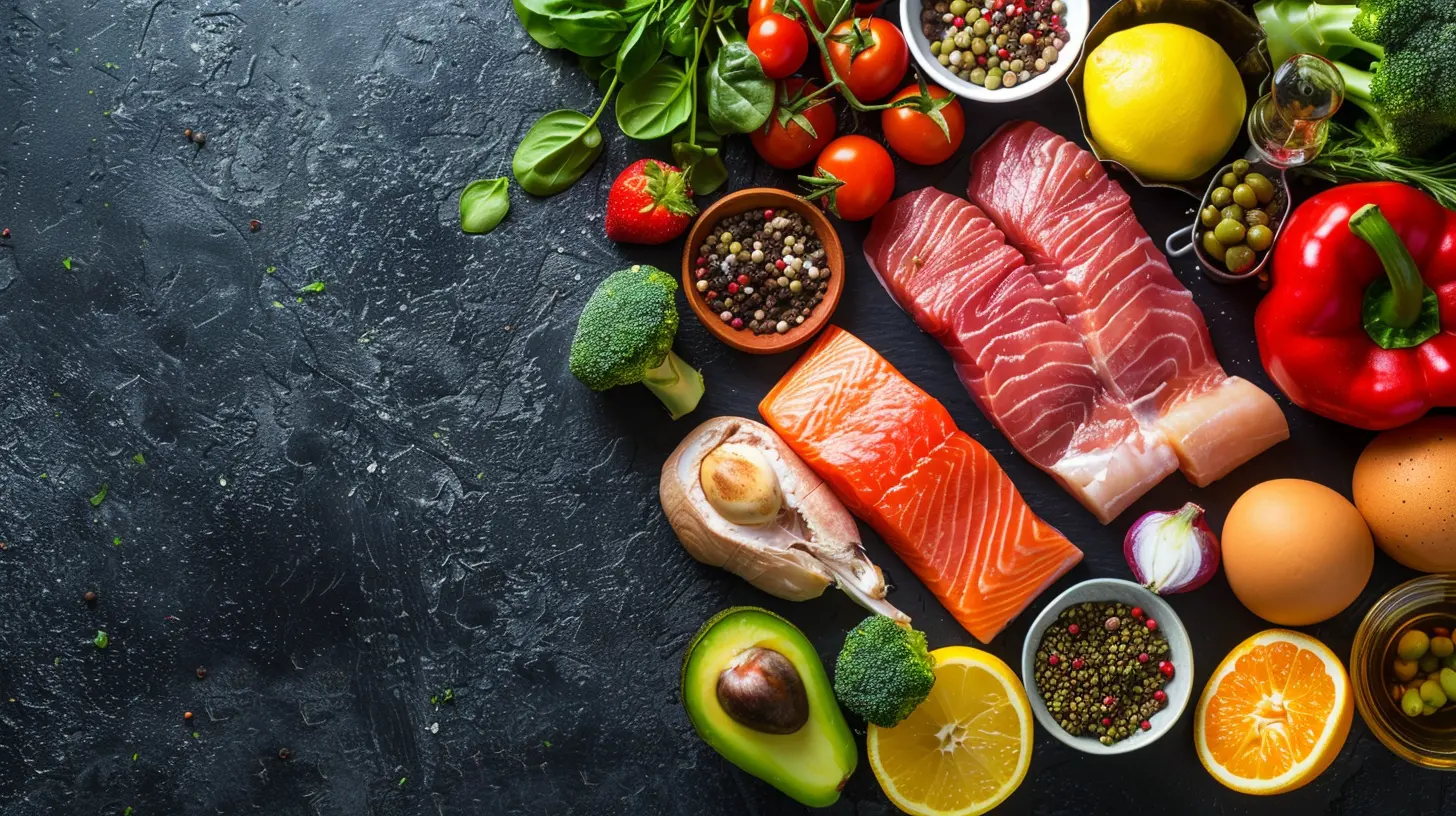
Practical Tips to Reap the Full Anti-Inflammatory Benefits of Paleo
Okay, so now you know the why behind Paleo’s anti-inflammatory power. But how do you implement it successfully and reap the most benefits?1. Prioritize Anti-Inflammatory Superfoods
Not all Paleo-approved foods are equally anti-inflammatory. Focus on foods with proven inflammation-fighting properties, such as:- Turmeric – Contains curcumin, a powerful anti-inflammatory compound.
- Ginger – Acts as a natural pain reliever.
- Leafy greens – Packed with chlorophyll and antioxidants.
- Bone broth – Supports gut health and reduces inflammation.
2. Go Organic and Grass-Fed When Possible
Conventionally raised meat and produce can contain pesticides, antibiotics, and hormones, which can contribute to inflammation. Opting for organic vegetables and grass-fed beef ensures that what you’re eating is as pure and nutrient-dense as possible.3. Limit High-Sugar Fruits
While fruit is Paleo-approved, some fruits—like bananas, grapes, and mangoes—are high in natural sugars. Stick to low-glycemic options like berries, apples, and pears to avoid unnecessary sugar spikes.4. Cook with Anti-Inflammatory Oils
Ditch inflammatory vegetable oils (like canola and soybean oil) and use:- Extra virgin olive oil
- Avocado oil
- Coconut oil (great for high-heat cooking)
5. Stay Hydrated
Sometimes, inflammation is simply your body crying out for more water. Proper hydration flushes out toxins and helps your body function optimally. Aim for at least 8 cups a day—more if you’re active.The Bottom Line
Switching to a Paleo lifestyle is one of the most effective ways to reduce chronic inflammation naturally. By cutting out processed junk, embracing whole foods, and focusing on gut-friendly and nutrient-dense ingredients, you can support your body's natural anti-inflammatory processes.Inflammation may be sneaky, but now you have the tools to fight back and take control of your health—one delicious, wholesome meal at a time.
all images in this post were generated using AI tools
Category:
Paleo DietAuthor:

Arthur McKeever
Discussion
rate this article
2 comments
Arlo Adkins
Love the Paleo approach! Excited to try these tips!
October 4, 2025 at 2:52 PM

Arthur McKeever
Thank you! I’m glad you’re excited to try the tips—enjoy your Paleo journey!
Faith McCarthy
Embrace Paleo and feel fabulous daily!
June 21, 2025 at 4:27 AM

Arthur McKeever
Thanks for the encouragement! Embracing Paleo can indeed lead to amazing health benefits.
